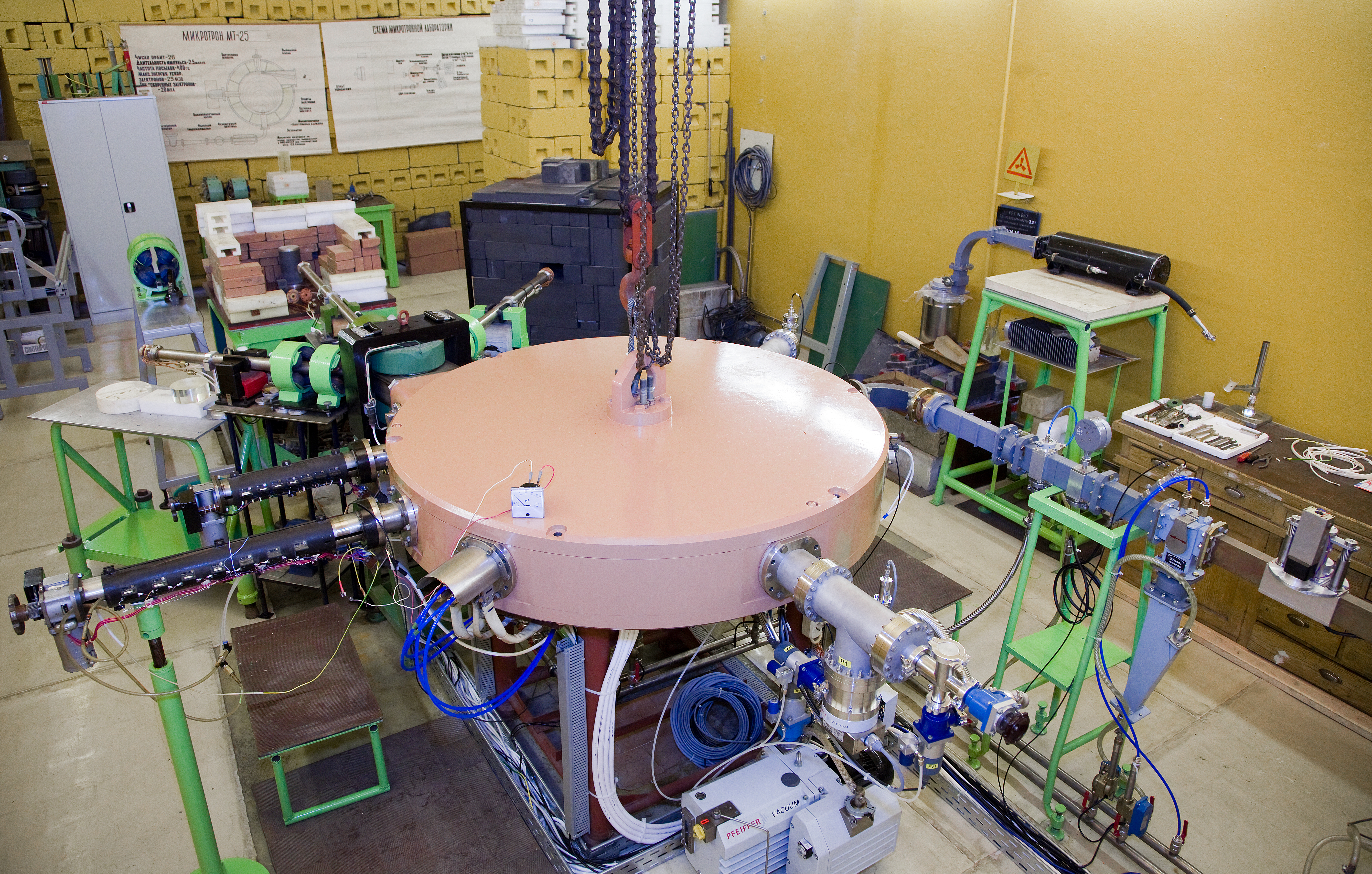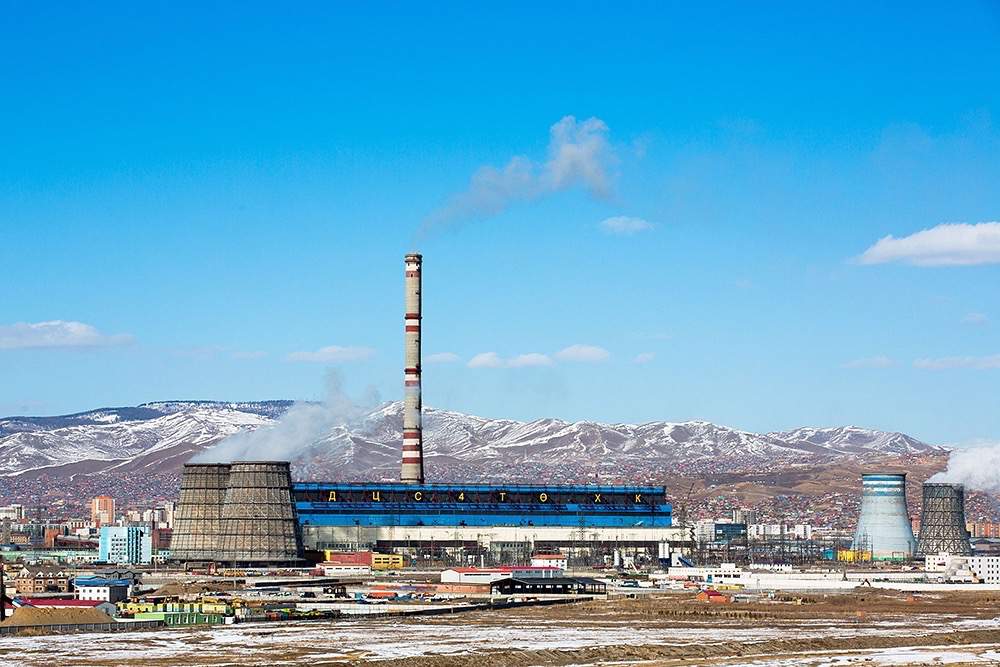JINR scientists assessed radiation pollution risks near Mongolia’s largest TPP
Publications, 11 February 2022
Scientists of the Flerov Laboratory of Nuclear Reactions JINR have identified risks of radioecological pollution in the area of the largest thermal power plant TPP-4 operating in Ulaanbaatar, Mongolia. Specialists have done this work within the cooperation of JINR with Mongolia, an Institute’s Member State. Scientists have come to the conclusion that it is necessary to constantly monitor the territory around the TPP, as well as found out whether such plant waste as slag and ash can be used in construction.
It is known that the volume of emissions of natural radionuclides from thermal power plants, especially from coal-fired ones, several times exceeds that from nuclear power plants. Brown coals from Mongolian Baganuur and Shive-Ovo deposits used at the TPP-4 as the major fuel are considerably enriched with vanadium, nickel, copper, lead, and bismuth, as well as uranium, compared to global averages. Moreover, JINR scientists have found the content of 34 elements and radioisotopes (uranium and thorium series, potassium-40, caesium-137) in coal, bottom ash, fly ash samples, soil, and plants using X-ray fluorescence, gamma-activation analysis, and gamma spectrometry.
“Despite the fact that modern efficient equipment allows 99% retention of volatile particles, 1 % of fly ash uncontrollably enters the environment. It equals to the annual emission of thousands of tons of various substances, including radioactive ones, into the atmosphere,” an author of the study, Head of the FLNR JINR Group of Radioanalytical Research Marina V. Gustova noted.
Nevertheless, JINR scientists have found out that the existing excess lifetime cancer risk for citizens of Ulaanbaatar does not exceed established international standards. Although it is impossible to completely disregard the fact that even a low impact of toxic substances and radioactive isotopes may cause the onset of the disease.
“The estimated, potentially possible annual exposure of the population living in the area of the TPP-4 is 90 mSv. It is higher than the world average value of 70 mSv but below the maximum limiting dose value of 1,0 mSv/year presented by the International Commission on Radiobiological Protection,” the study says.
 The microtron MT-25 in the Flerov Laboratory of Nuclear Reactions JINR
The microtron MT-25 in the Flerov Laboratory of Nuclear Reactions JINR
Moreover, the authors noted the importance of thorough control over the content of natural radionuclides in coals and in their combustion products emitted by the TPP-4 into the environment. According to scientists, such monitoring should be regular despite the fact that the data of research and measurements on the assessment of potential radiation risk of the power plant’s impact on the environment and the population is within acceptable standards.
The investigation has considered not only the aerosol spread of harmful substances but also the possibility of using coal production waste for the construction of buildings and roads. Thus, scientists have discovered that slag may be used for all areas of the construction industry, whereas fly ash and bottom ash waste may be used only to build roads outside cities and for production facilities.
More details about the methods and results of the study are available in the preprint “Risk assessment of radioecological pollution in the area of operating coal TPP” published by the JINR Publishing Department. The authors are M. V. Gustova, S. P. Kaplina, N. S. Gustova, N. Balzhinnyan, Ch. Badamgarov.
The article has been sent to the journal “Solid State Chemistry”. The work has been carried out within the framework of the Protocols on Cooperation between JINR and the Centre for Nuclear Research of the National University of Mongolia, as well as the Protocol between JINR and the Central Geological Laboratory (Ulaanbator, Mongolia).
